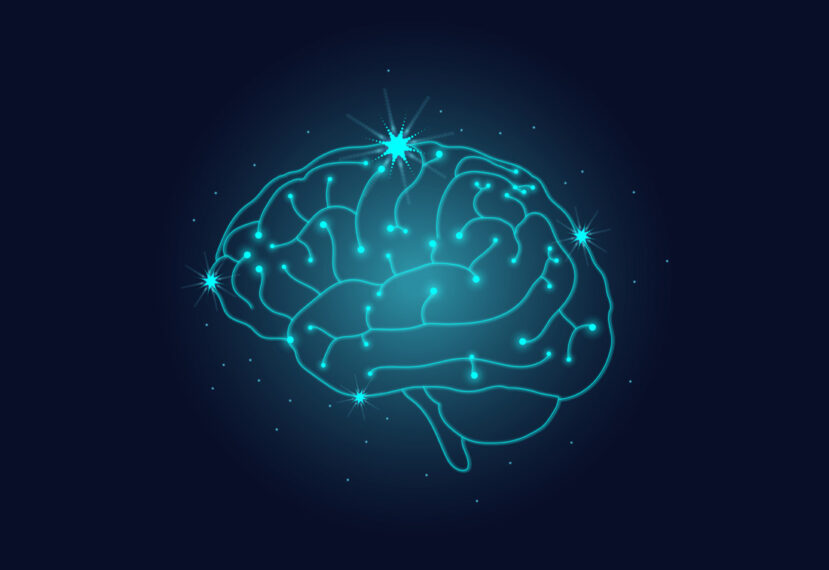Playback speed:
Cognitive Stimulation Therapy, or in short, CST is an evidence-based, non-pharmacological intervention (NPT) for persons living with mild to moderate dementia.1,2 It was developed by Dr Aimee Spector, a clinical psychologist, in 1998, by reviewing the common non-pharmacological therapies for dementia, such as reality orientation and reminiscence therapy. The most effective elements of the different therapies were then combined to create the CST.
How Is CST Being Carried Out?
CST sessions can be carried out by anyone working with persons living with dementia, including healthcare professionals and caregivers. It is recommended for the facilitator, or the person carrying out the sessions, to follow the CST manual or be trained in CST prior to carrying out the sessions.3 The 2 main types of CST that have emerged from current best evidence are group and individual CST. Both types of CST differ in terms of setting, duration and frequency.
Group CST may comprise of 14 sessions over 7 weeks, carried out 1-2x/week in small groups of 4-6 in settings such as residential settings, hospitals and daycare centres.1,3,4 Following the completion of 14 sessions, the group may continue with maintenance CST at 1x/week over 24 weeks.1,4
Individual CST is suitable for persons living with dementia who are unable to participate in groups due to personal preference, social issues or mobility issues.1 It can be carried out at home with the person living with dementia.
General Principles of CST
Successful implementation of CST is dependent on various factors, such as the facilitator’s “therapeutic use of self”: one’s ability to adapt the activities to suit the individual/group’s interests, abilities and preferences,5 and guiding principles. Below are the key guiding principles for conducting CST sessions adapted from the “Journey with You” Programme Manual by Dementia Singapore and Cognitive Stimulation Therapy.
Themed Activities Adapted to Local Context
Each session follows a theme which determines the main activities that occur in the session. It is highly recommended for the activities to be as “localised” as possible to stimulate participation from the person living with dementia. Some examples are:
- Childhood games e.g. five stones, marbles
- Current affairs e.g. newspaper cuttings from Straits Times, Lianhe Wanbao, Berita Harian
- Food e.g. tasting Nonya kueh, hawker centre food
- Supermarket shopping e.g. budgeting for groceries using local currency
Conducive Environment & Pace
Providing Involvement & Inclusion
Giving Respect
Involve the Senses
Opinions Rather Than Facts
Support Creativity
Stimulating Language
Ask questions such as “who”, “what”, “where”, “how” and “why” to stimulate conversations. Offer choices when possible.
Maximising Potential
Providing Choice & Fun
Ensure a variety of activities aligned to the person’s interests/leisure preferences. Introducing new activities is a good way to stimulate interest and motivation.
There needs to be a balance between providing structure and routine and providing sessions that are not too predictable. Doing so will continue to gently challenge and stimulate the person living with dementia to stretch their cognitive abilities.5
Benefits of CST for Persons Living With Dementia
Positive Impact on Cognition & Functional Abilities
Cognition, or simplified as “thinking skills”, refers to one’s ability to think, plan, and carry out activities.
A review of current studies showed that CST had a beneficial effect on cognition, self-reported QoL and wellbeing, as well as communication and social interaction.5 However, there was no significant effect on mood, activities of daily living (ADLs), general behaviour, caregiver depression, anxiety or burden.5
In spite of no significant improvements, there is evidence that ADL performance may be retained by continued participation in mentally stimulating activities.6 In some studies,2,7 participants who were engaged in CST reported improved memory retention and recall. There were also improvements in alertness and concentration levels, described as a sense of being more “switched on” and wanting to attend to things more, leading to more participation in ADLs. In addition, caregivers reported that they observed improved verbal abilities in their loved ones during everyday activities.7
Such positive gains in cognition can lead to an improved quality of life for both the PwD and their caregivers.1,2
Positive Impact on Everyday Life
Improved QoL
Due to cognitive gains such as feeling alert, increased awareness of their environment, and ability to process their thoughts better8 as a result of consistent engagement in CST, it is natural for both PwDs and their caregivers to report experiencing increased QoL.
Opportunity to talk and reminisce
Often, boredom and lack of interest to do activities are negative signs of well-being observed in persons living with dementia which are brought about by lack of opportunities for activity engagement.5
When engaged in CST, it is common for persons living with dementia to smile and laugh, which are signs of positive well-being.5 In addition, the opportunity to engage in stimulating conversations/discussions with like-minded peers also help persons living with dementia and caregivers to stay connected with their families, friends and communities,8 and forge new relationships.5 Persons living with dementia also stay motivated to interact with one another because the interaction was on their terms and at their pace.5,7 These further enhanced well being by promoting a sense of belonging to a community, which made the persons living with dementia look forward to future sessions and also increase their willingness to try out new activities.5
Sense of pleasure and enjoyment
Most persons living with dementia find the themed activities in CST pleasurable, entertaining and interesting. For some, the feelings of enjoyment and achievement were more notable then completion of specific activities and was sometimes sustained even after completing the sessions.5,8
Due to cognitive difficulties, persons living with dementia may experience a profound loss in self-confidence. CST may help to restore confidence by providing the just-right level of challenge in its activities which allows them to utilise one’s remaining strengths/abilities.7 This in turn, leads to an improved sense of competence and morale, which also enhances one’s cognitive performance.7
Gaps in CST Evidence
Lack of Conclusive Evidence About Impact on Cognition, & Behavioural & Psychological Symptoms of Dementia (BPSD)
Research has not shown any conclusive results on the effectiveness of CST in improving cognition or minimising BPSD,2,8 even though iCST intervention provided persons living with dementia with opportunities to engage in mentally stimulating activities which resulted in their abilities to ‘think better’ and increase their alertness and awareness. Besides the differing duration, length and number of sessions of CST which made examining the outcomes challenging, participant dropout rates due to lack of interest also contributed to the inconclusive results.8
There was also feedback that CST activities were not stimulating enough for persons with mild dementia. Future research should investigate suitability of cognitive stimulation interventions and the importance of matching activities to personal preferences and level of stimulation.8
Caregiver-Identified Barriers
CST in Singapore
CST is increasingly being implemented in the community care sector in Singapore, including community-based sessional programmes, dementia day care centres, and nursing homes.
However, staff should be trained to ensure CST principles are being applied effectively. More can be done to advocate for the benefits of CST on quality of life and well-being for persons living with dementia.
Tell us how we can improve?
- Yates, L. A., Orrell, M., Spector, A. & Orgeta, V. (2015). Service users’ involvement in the development of individual Cognitive Stimulation Therapy (iCST) for dementia: A qualitative study. BMC Geriatrics, 15(4), 1-10. https://doi.org/10.1186/s12877-015-0004-5
- Zucchella, C., Sinforiani, E., Tamburin, S., Federico, A., Mantovani, E., Bernini, S., Casale, R. & Bartolo, M. (2018). The multidisciplinary approach to Alzheimer’s disease and dementia: A narrative review of non-pharmacological treatment. Frontiers in Neurology, https://doi.org/10.3389/fneur.2018.01058
- Cognitive Stimulation Therapy. (2020). An introduction to cognitive stimulation therapy. http://www.cstdementia.com/
- Streater, A., Spector, A., Aguirre, E. & Orrell, M. (2016). Cognitive stimulation therapy (CST) for people with dementia in practice: An observational study. British Journal of Occupational Therapy, 79(12), 762-767. https://doi.org/10.1177/0308022616668358
- Murray, C. M., Gilbert-Hunt, S., Berndt, A. & Perrelle, L. d. L. (2016). Promoting participation and engagement for people with dementia through a cognitive stimulation therapy programme delivered by students: A descriptive qualitative study. British Journal of Occupational Therapy, 79(10), 620-628. https://doi.org/10.1177/0308022616653972
- Dementia Australia. (2016). Mental exercise and dementia. https://www.dementia.org.au/sites/default/files/helpsheets/Helpsheet-DementiaQandA06-MentalExercise_english.pdf
- Spector, A., Gardner, C. & Orrell, M. (2011). The impact of Cognitive Stimulation Therapy groups of people with dementia: Views from participants, their carers and group facilitators. Aging & Mental Health, 15(8), 945-949. doi: 1080/13607863.2011.586622.
- Leung, P., Yates, L., Orgeta, V., Hamidi, F., & Orrell, M. (2017). The experiences of people with dementia and their carers in individual cognitive stimulation therapy. International Journal of Geriatric Psychiatry, 32(12), e34-e42. doi: 10.1002/gps.4648.







